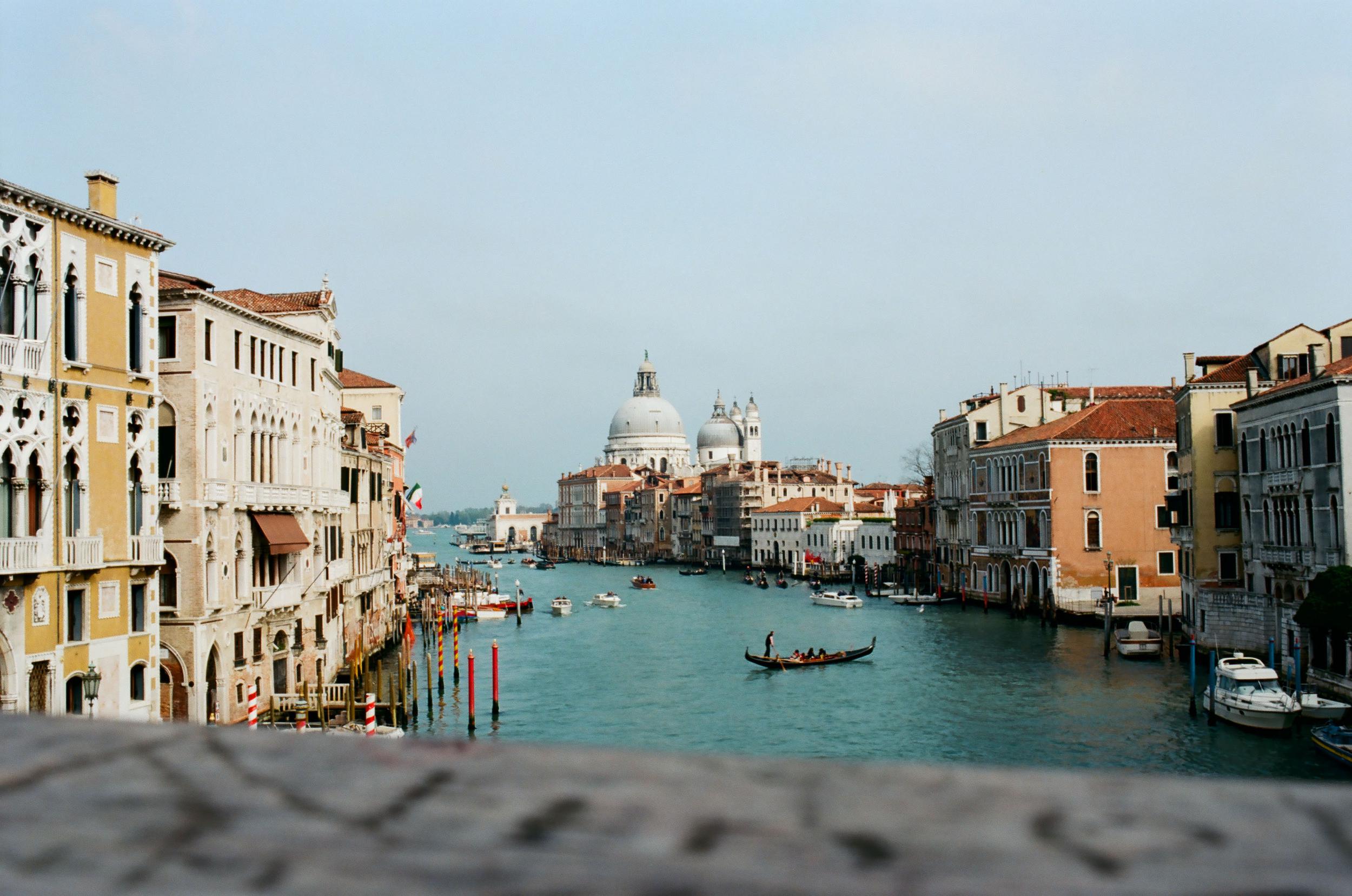
The Role of Stucco in Architectural History: A Comprehensive Overview
Stucco has a rich history that spans centuries, and it has played a significant role in various architectural styles and movements. From ancient Greece and Rome to the Renaissance and beyond, stucco has been a popular building material for its durability, versatility, and aesthetic appeal. In this post, we'll explore the history of stucco and its significance in architectural design.
Ancient Stucco: From Greece to Rome
Stucco has been used as a building material since ancient times, with some of the earliest examples dating back to ancient Greece and Rome. In these civilizations, stucco was primarily made from lime, sand, and water, and was used to create decorative finishes on buildings, as well as to create structural elements such as arches and vaults.
In ancient Greece, stucco was commonly used to create decorative relief sculptures, which were often painted in vibrant colors. These sculptures depicted a range of subjects, from mythological scenes to everyday life, and were used to adorn temples, public buildings, and private homes.
Similarly, in ancient Rome, stucco was used to create decorative finishes on buildings, as well as to create structural elements such as arches and vaults. One notable example of stucco in ancient Rome is the Pantheon, a temple dedicated to all the gods that features a massive domed roof made from concrete and stucco.
Stucco in the Renaissance: From Italy to Europe
During the Renaissance, stucco experienced a resurgence in popularity as architects and builders sought to create grand, ornate structures that evoked the grandeur and splendor of ancient Rome. In Italy, stucco was used extensively to create decorative finishes on buildings, as well as to create structural elements such as domes, arches, and columns.
One notable example of stucco in the Renaissance is the Basilica di Santa Maria degli Angeli in Assisi, Italy. Built in the 16th century, this church features a stunning barrel-vaulted ceiling made from stucco, as well as intricate stucco decorations on the walls and columns.
Stucco in the Baroque and Rococo Periods: From Europe to the Americas
In the Baroque and Rococo periods, stucco continued to be a popular building material, particularly in Europe and the Americas. During this time, stucco was used to create elaborate, highly decorative finishes on buildings, as well as to create structural elements such as arches, vaults, and domes.
One notable example of stucco in the Baroque period is the Church of the Gesù in Rome, Italy. Built in the late 16th century, this church features a highly decorative interior with intricate stucco work on the walls, ceiling, and columns.
In the Americas, stucco was also a popular building material, particularly in the Spanish and Portuguese colonies. One notable example is the San Francisco de Asis Mission Church in Ranchos de Taos, New Mexico. Built in the 18th century, this church features a stunning exterior made from adobe and stucco, as well as intricate stucco decorations on the interior.
Stucco in Modern Architecture: From Art Deco to Contemporary
In the 20th century, stucco continued to be a popular building material, particularly in the Art Deco and Modernist movements. During this time, stucco was used to create sleek, streamlined finishes on buildings, as well as to create structural elements such as walls, columns, and arches.
The modern era of stucco began in the 19th century, with the development of Portland cement, which allowed for greater flexibility in the mixture of stucco ingredients. This led to a wide range of stucco finishes and textures, which became popular in the United States during the early 20th century.
In the mid-20th century, stucco fell out of favor in many parts of the world due to concerns over its durability and maintenance requirements. However, advances in stucco technology and materials have helped to revive its popularity in recent years.
Today, stucco remains a popular choice for both residential and commercial construction, offering a range of benefits such as durability, energy efficiency, and aesthetic appeal. Its versatility and longevity make it a great choice for a variety of architectural styles and designs.
In conclusion, stucco has played a significant role in architectural history, dating back centuries to its origins in ancient Greece and Rome. From its use in the Baroque and Rococo styles of the 17th and 18th centuries to its resurgence in popularity in modern architecture, stucco has proven to be a versatile and enduring material. As technology and materials continue to evolve, it is likely that stucco will continue to play a key role in architectural design for many years to come.